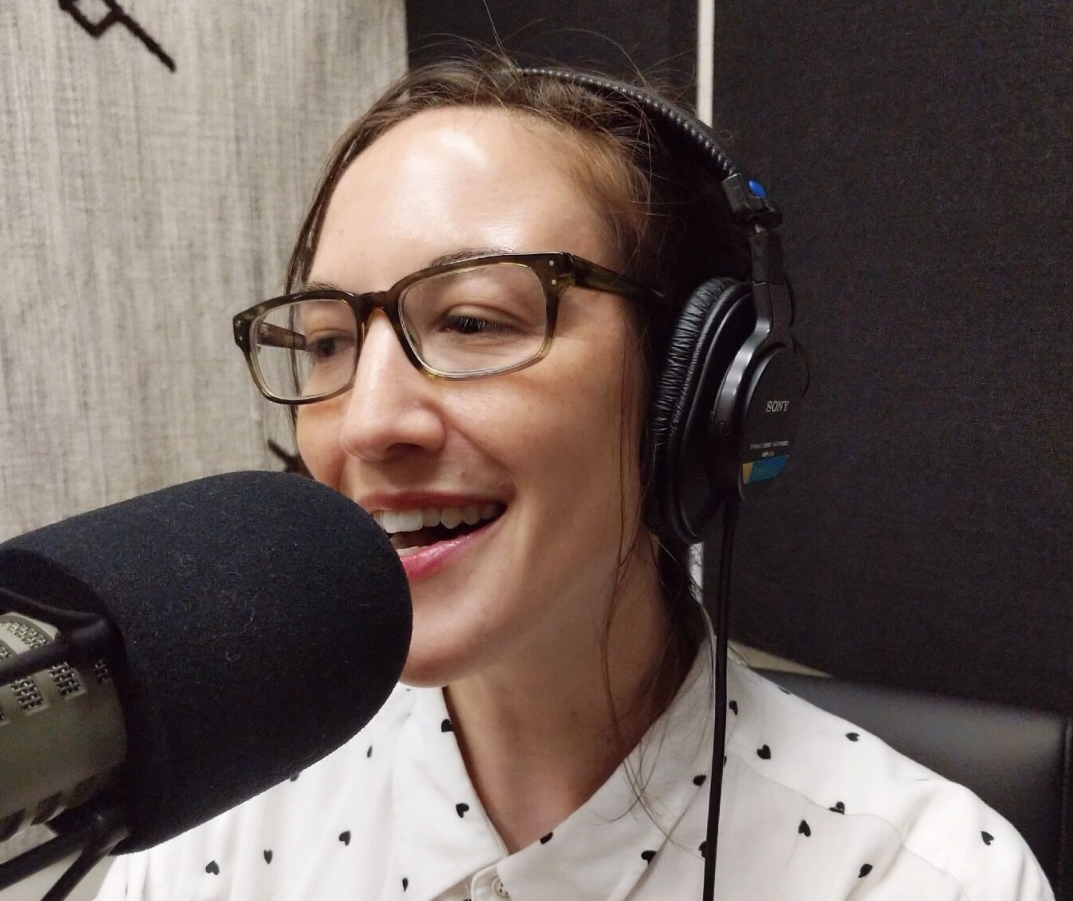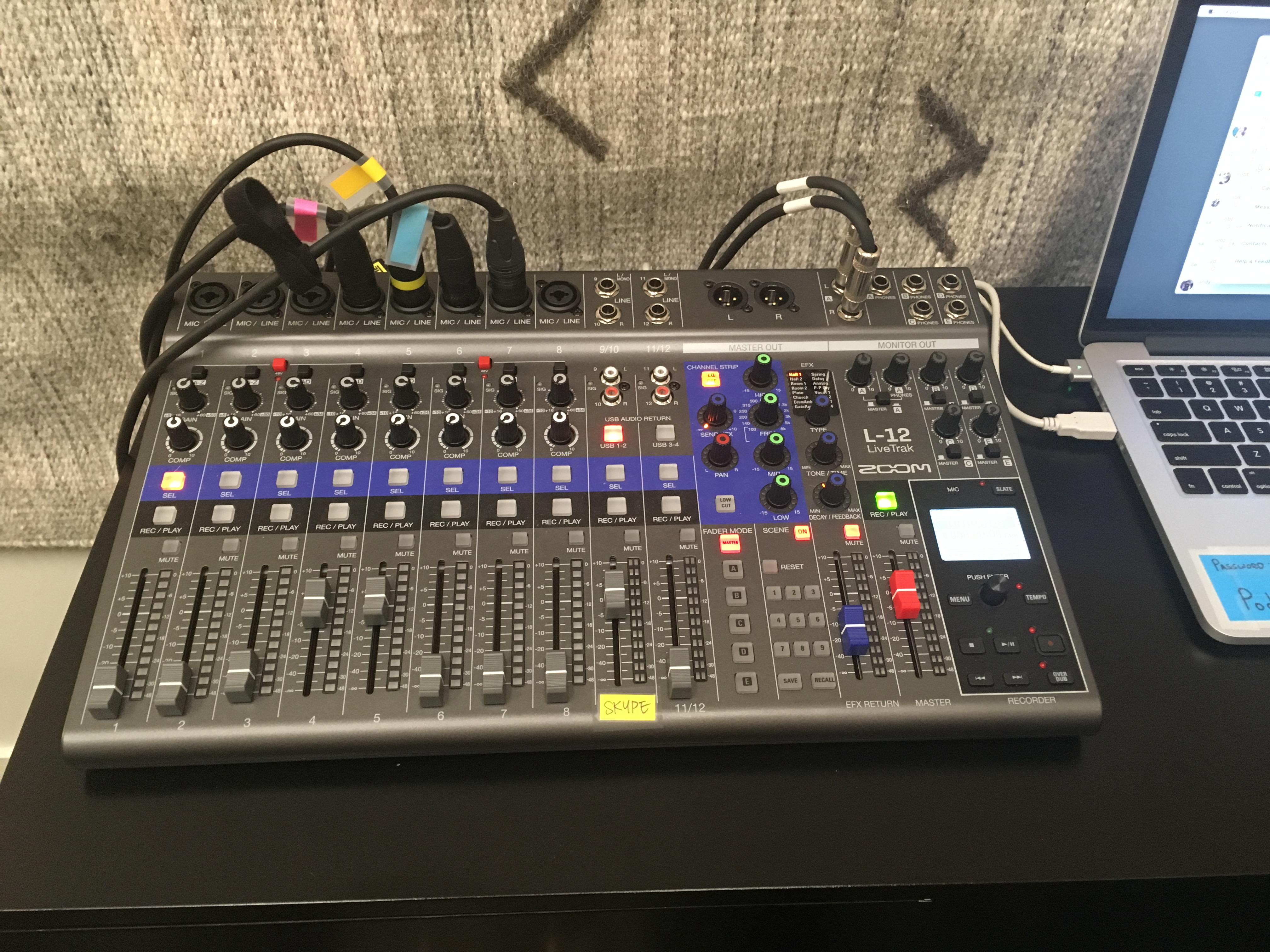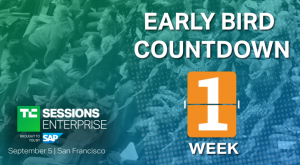The beauty of podcasting is that anyone can do it. It’s a rare medium that’s nearly as easy to make as it is to consume. And as such, no two people do it exactly the same way. There are a wealth of hardware and software solutions open to potential podcasters, so setups run the gamut from NPR studios to USB Skype rigs.
We’ve asked some of our favorite podcast hosts and producers to highlight their workflows — the equipment and software they use to get the job done. The list so far includes:
Broken Record’s Justin Richmond
Criminal/This Is Love’s Lauren Spohrer
Jeffrey Cranor of Welcome to Night Vale
Jesse Thorn of Bullseye
Ben Lindbergh of Effectively Wild
My own podcast, RiYL

This week, it’s a nice, in-depth workflow from Mary Phillips-Sandy and Lizzie Jacobs, the host and producer (respectively) of Let’s Talk About Cats. Now in its second season, the Acast network show sits down with artists, musicians and other creatives to, well, talk about their cats. Recent interviews include Spin Doctor Chris Barron and adult actress/writer, Stoya.
Episodes can be found on the official Let’s Talk About Cats website and purveyors of finer podcasts everywhere.
We record most of our episodes at our network’s office in New York. They’ve set up a little recording room that Acast shows can use — it’s convenient, and there are always cute dogs hanging around. No cats, though.
The Acast space has ElectroVoice RE20 microphones with windscreens on ElectroVoice 309A mounts. Love that warm, classic sound. Also, I (Mary) am self-conscious about my S’s, and these mics do a good job of controlling them. The headphones are Sony MDR-7506s. They’re… fine. Over-ear headphones always kind of suck for me because they squish my glasses. The headphones run through a PreSonus HP4 amp, which lets everyone set their levels exactly where they want them.
The studio board is a Zoom LiveTrak L-12 and the DAW is Hindenburg, which we only use for recording. Lizzie edits and mixes the show at home with ProTools and her beloved Sennheiser HD 380 pros. She has to be listening to a lot of Cats before her head hurts from the headphones. But she doesn’t wear glasses.

We try to avoid remote interviews. The more we do the show, the more we’ve realized that it works best when the guest is here in person. We make fast transitions between segments, and one bit (the Cat Quiz) involves handing over a special prize, so getting that IRL reaction is important. (Lizzie cutting in here. Mary’s prizes are next-level. It’s incredible what she’s able to find on eBay, Etsy and I don’t even know where else. The show would not be what it is without them, or without Mary’s research skills. Every week she digs up something like a vintage perfume packaged with a cat figurine in a feather boa, or musical theater-themed cat stickers.)
When remote is the only option, we’ll do Skype with Ladiocast on the studio laptop. We also ask our guests to record locally with whatever prosumer or office studio gear they can get their hands on — anything to make their voices sound closer.
This may be obvious, but Dropbox is essential to our process. We have a shared folder with Acast where studio tracks get uploaded so Lizzie (or Virginia, who helps with production) can grab them. We also use it to share clips and images for social media. Speaking of which, we’ve been using Headliner to make captioned preview videos for Instagram and Twitter. Very convenient, highly recommend. We are not graphic designers, so we use Canva to make images for our social accounts and website, which we built on Squarespace, using one of our favorite podcast’s promo codes for a discount.
Scripts, research, booking trackers, scheduling and everything else happens in Google Drive/Calendar, which we’d be lost without. In season one we worked with a human for transcription, but she went back to grad school, so now we use Otter. It’s not perfect, but it’s by far the best automated transcription tool we’ve found, and you can’t beat the price. I (Mary again) actually like taking some time to go through and correct transcripts, because it’s a good way to become (even more) aware of your verbal tics. By the fourth “of course,” you want to travel back in time and slap yourself.


